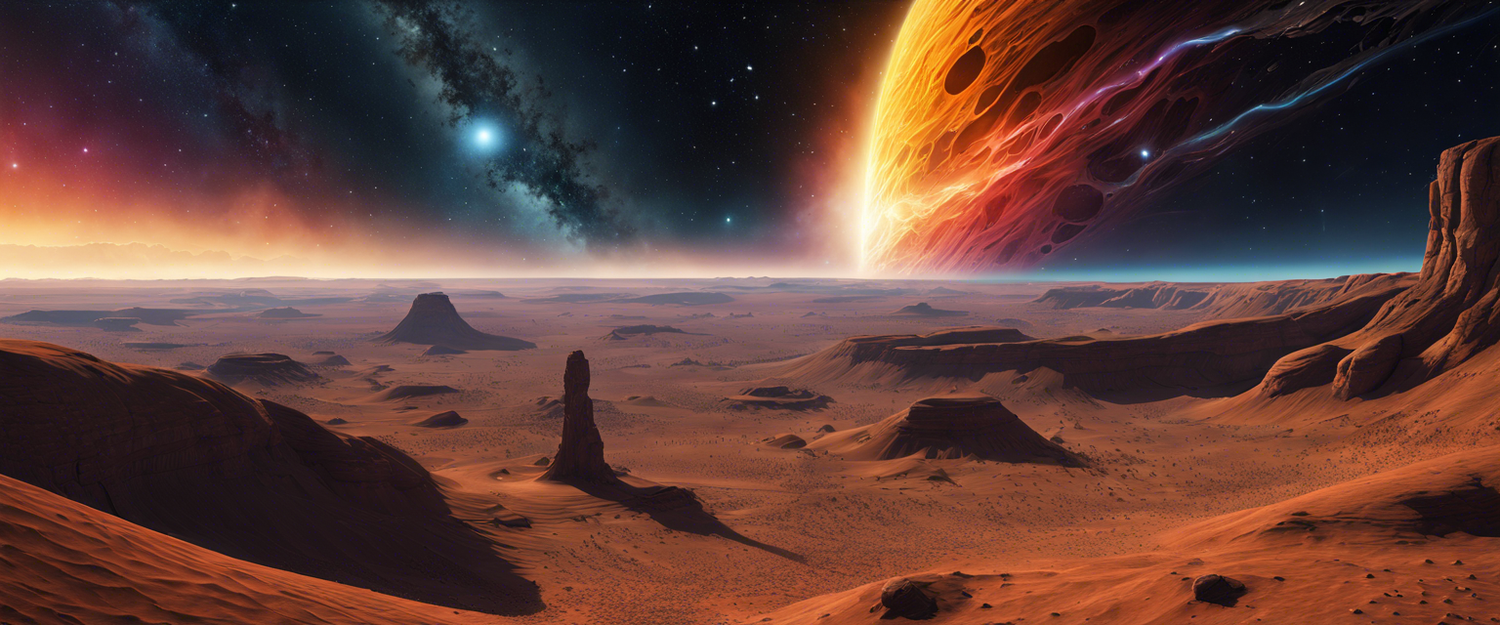Exploring the Cosmos: How Citizen Scientists are Helping Discover Black Holes
Scientists from the Dutch Black Hole Consortium are embarking on an exciting mission to discover novel black holes, engaging the public through a unique approach. As the light from the inception of a black hole fades rapidly, the Consortium is enlisting ordinary individuals to assist in identifying potential black hole candidates via an innovative app known as Black Hole Finder.
The Science Behind Black Hole Detection
The Black Hole Finder app utilizes images captured by BlackGEM telescopes located in the clear skies of Chile. These telescopes are designed to detect gravitational waves and, upon doing so, they immediately begin scanning the night sky for kilonovas—intense bursts of light that occur when two neutron stars collide, potentially leading to the formation of a black hole. However, the luminous effect of a kilonova is short-lived, typically lasting only about a week, making swift detection essential.
Engaging Citizen Scientists
Participants using the Black Hole Finder app are shown three images: a newly taken photo, an older reference image of the same area, and a combined image highlighting the differences. Users must then determine if the new image shows a genuine event indicative of a black hole or if it is a false positive—which can arise from satellites, cosmic rays, or other anomalies affecting the detection process. According to the app’s tutorial, the quick decision-making of users is crucial for differentiating between real and spurious signals faster than artificial intelligence algorithms can.
How AI Enhances the Discovery Process
The project also integrates artificial intelligence to assist in identifying authentic sources of black holes. However, as stated by project manager Steven Bloemen, "people are much better at identifying patterns than our algorithms." The participation of users is not only instrumental in detecting kilonovas but also aids in enhancing the learning algorithms used in the app, ensuring better accuracy over time.
Contributing to Scientific Research
Users of the app have a unique opportunity to play a significant role in scientific discoveries. After identifying over 1,000 transients, participants earn "Super User" status, which allows them to request follow-up observations of transient sources that are less than 16 hours old. Additionally, as an incentive, early contributors may receive recognition in scientific publications as co-authors. This not only fosters a connection between hobbyists and the scientific community but also enhances the collaborative effort in cosmic discoveries.
Getting Started with Black Hole Finder
The Black Hole Finder app is available on multiple platforms—iOS, Android, and the web—making it accessible to a broad audience interested in space exploration. By participating, users can dive into the fascinating world of astrophysics and contribute to groundbreaking research.
Join the Search for Black Holes!
If you're curious about the cosmos and want to help researchers make significant scientific discoveries, download the Black Hole Finder app today. Get involved in identifying potential black holes and enjoy the thrill of contributing to real scientific endeavors. To learn more about black holes and the ongoing research efforts, consider visiting authoritative sources, such as NASA's black hole page and Space.com's comprehensive resources.
By bridging the gap between professional scientists and the general public, initiatives like the Black Hole Finder are redefining the way we explore and understand our universe. Join the journey and be part of the cosmic discovery today!



Laisser un commentaire
Tous les commentaires sont modérés avant d'être publiés.
Ce site est protégé par hCaptcha, et la Politique de confidentialité et les Conditions de service de hCaptcha s’appliquent.